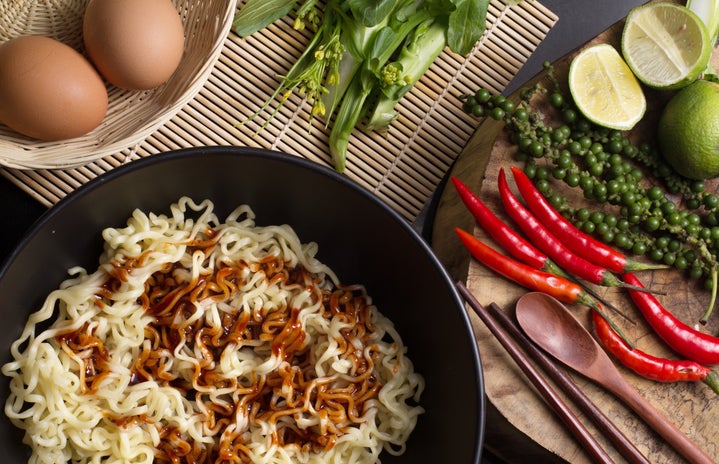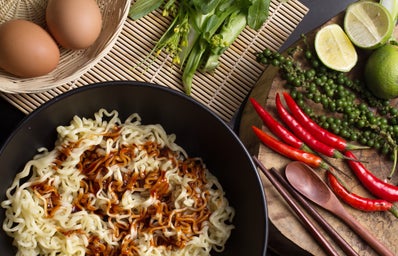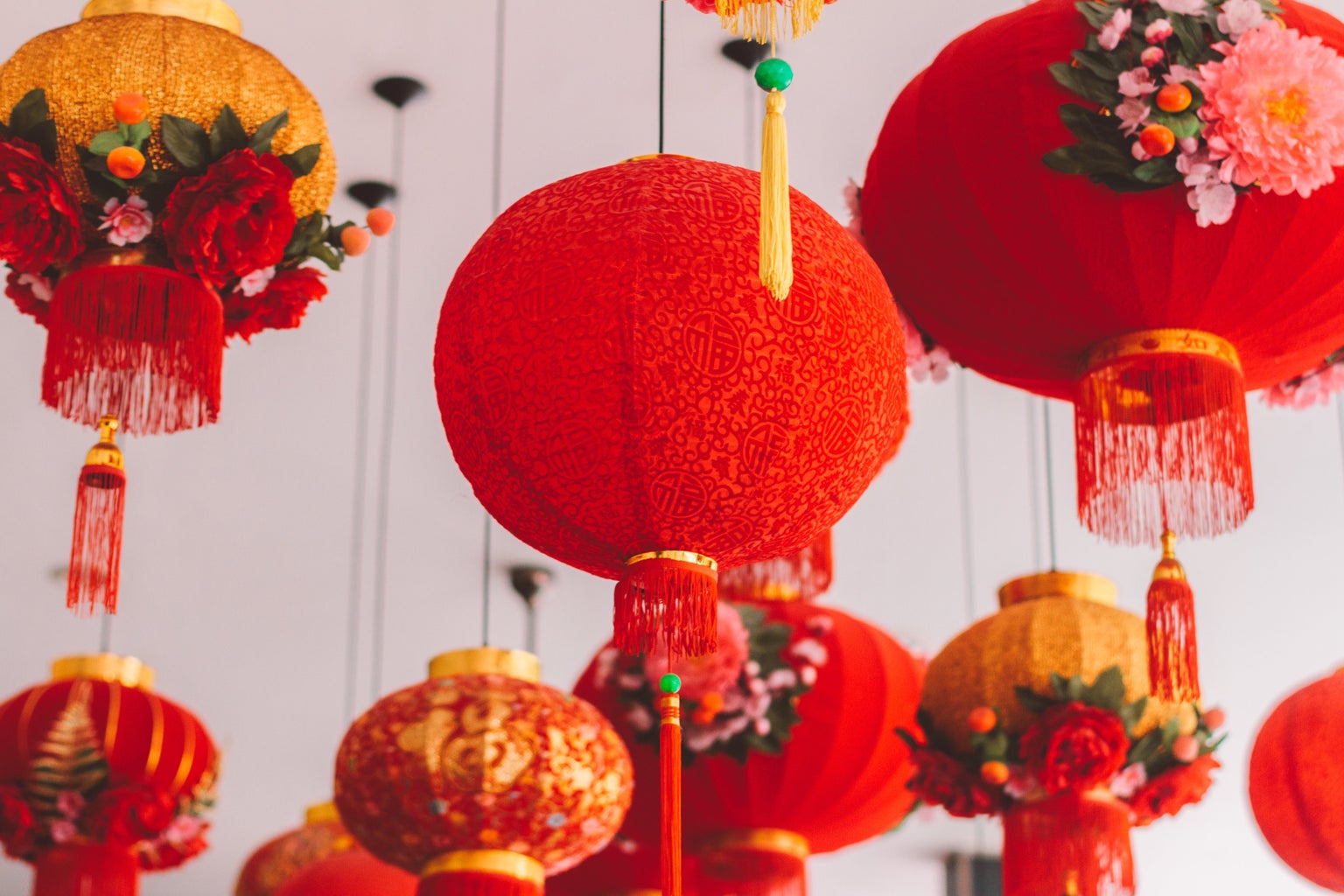The clean eating movement is one that has grown in popularity over the last few years. After all, it’s been endorsed by most celebrities featured in Harper’s Bazaar’s “Everything *insert name here* Eats in a Day” YouTube series that I just can’t seem to stop watching. According to Registered Dietitian Jilian Kubala, clean eating focuses on “consuming whole foods that are minimally processed and as close to their natural form as possible.” This simplistic approach to a healthy diet is appealing to health-conscious eaters since it is not as demanding or costly as other popular diets like intermittent fasting or keto, paleo, vegetarian and vegan regimens. However, the term was not always interpreted in this way. In the past, the “clean” in clean eating literally referred to the state of being free of contamination and disease. This being said, in North America, the diet was not motivated by health but rather by white purity and xenophobia. That is to say, foods deemed as “foreign” on Western terms were othered due to irrational, race-based fears of contamination. While there is a multitude of other reasons for which clean eating can be problematic on the grounds of accessibility, affordability, not to mention underrepresentation and exploitation of of coloured people on farms and plantations, this article will focus on the history of the clean eating movement in North America; more specifically, how its racist discourse has evolved to simultaneously elevate select “ethnic” foods while excluding those yet to be popularized in North American culture, all while maintaining anti-Asiatic attitudes.
After having had the opportunity to take HIST 357: Cultural Diversity in Canada last semester (100% would recommend!), I learned a great deal about the marginalization of ethnoreligious communities in Canada, whose white Anglosaxon Protestant nation-building pursuit served as an omnipresent threat to all minority groups who did not adhere to the image of the ideal “Canadian” citizen. An entire unit was dedicated to food culture and I was struck by an assigned reading titled “Eating Clean: Anti-Chinese Sugar Advertising and the Making of White Racial Purity in the Canadian Pacific” by Donica Belisle. In her article, she analyzes the way in which nationalism was used to justify Canada’s racialized discourse of food by providing examples from BC Sugar advertisements, whose advertisements between 1891-1914 wrongfully spread false information about Chinese sugars on the base of anti-Asiatic sentiments, which was particularly prominent in the Canadian Pacific. To sum it up, Belisle remarks that in the late 19th and early 20th century, clean was synonymous to white and thus reserved exclusively for white bodies in the midst of building a racially pure nation. This racist outlook affected the East Asian community in many ways, though their cuisine would remain a big taboo for many years to come.
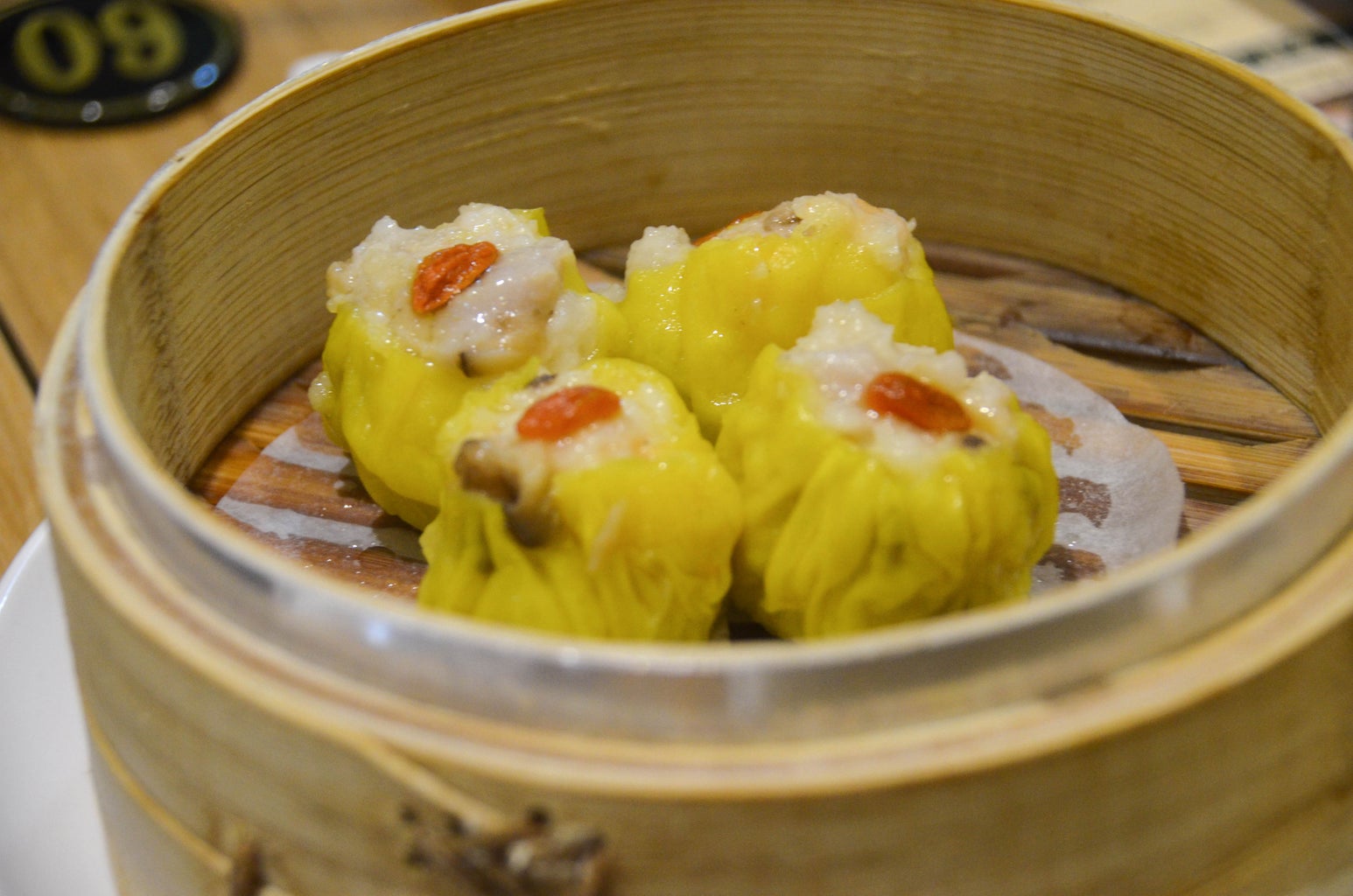
The food-induced racism faced by the Chinese community did not end in the early 1900s, that’s for sure. The use of MSG (Monosodium Glutamate), a food additive commonly used in Chinese food, gave rise to what the Merriam-Webster dictionary called “Chinese restaurant syndrome” until its removal in May 2020 despite being a listed ingredient in most processed everyday foods like Doritos and ranch dressing. In 1969, an article called “Monosodium Glutamate: Its Pharmacology and Role in Chinese Restaurant Syndrome” was published in the National Library of Medicine, claiming that MSG “can precipitate headaches […] burning sensations, facial pressure, and chest pain” depending on one’s dosage and oral threshold. In turn, a 1986 work in the same journal asserts that the additive had “failed to reveal any objective sign” of harmful effects on the body and busted the “CSR” myth. In the 90s, the FDA officially declared MSG as a safe substance. Nonetheless, the unsavoury reputation (haha, get it?) of Chinese restaurants remained unchanged, though this time it was driven by chemical contamination as opposed to a germ panic. As if North American fast food chains like McDonald’s didn’t pack on harmful chemicals in their products. Even renowned celebrity chefs David Chang and the late Anthony Bourdain have both spoken out on the racist roots of the MSG frenzy: Chang called the latter a “psychosomatic myth” and is open about his use of the ingredient in everyday life. On a trip to China for his show “Parts Unknown,” Bourdain commented, “I don’t react to it–nobody does. It’s a lie […] You know what causes Chinese restaurant syndrome?” Racism.” Today, some chinese restaurants choose to identify as MSG-free while some now choose to embrace the safe and legal additive.
Notably, in 2019, a white woman went viral after opening a Chinese restaurant called Lucky Lee’s in New York, which promised to serve “clean” Chinese food that wasn’t “too oily” and thus wouldn’t leave people feeling “bloated and icky.” Their discriminatory business vision proved to be ineffective as the restaurant closed their doors just eight months after opening. Sadly, this is just one of the many instances in which Asian food culture was shamed, abused, and appropriated all at once.
To make matters worse, the global spread of COVID-19 has Chinese restaurants struggling with sales due to fears rooted in irrational xenophobia. Montréal’s very own Jason Lee, who runs the food blog Shut Up and Eat, asserts, “I definitely feel that, in Chinatown, we’ve struggled the most. From the beginning of the pandemic — when the news came out that [COVID-19] came from China, immediately people completely turned their backs on us.” He continues to say that the future of Montréal’s Chinatown is at risk, due to the aging population, a lack of funding, and of course, poor sales due to fears of poor sanitary conditions and questionable dietary preferences of Chinese people. With Lunar New Year coming up next week, many Chinese restaurants in Toronto are joining forces in putting out a collaborative meal kit to both celebrate the new year as well as combat racist attitudes in full capacity as a result of the virus. Colin Li of Hong Shing Restaurant says, “I believe it is a first step to fighting against any stigma against Chinese restaurants. By launching this box, we hope to inspire our community to come together and support one another and we also hope to inspire other Chinese restaurateurs to reach out within their own communities and work on collaborating with each other.” Likewise, a number of restaurants in Montréal’s Chinatown are distributing fortune cookies filled with destigmatizing proverbs like: “The wise practice social distancing, not racial discrimination.” As an incentive to support Chinese-owned restaurants, those who present their fortunes would receive a 10% off discount on their next visit. Profitez-en!
It is unbelievable to think that in an age where imported goods make up such a substantial part of our diets, racism still endures in food culture. Walter Tom, a Montréal parent, reveals to Global News that his eight year-old son came home from school one day blaring ethnic slurs targeted toward Asians. Likewise, he admits to his daughter being ashamed of bringing Asian food to school. “Dad, don’t put Chinese food in my lunch anymore because the kids say it stinks and it’s weird,” she said. Many Asian parents have called to the Centre for Research-Action on Race Relations (CRARR) to help combat the social stigma intensified by COVID-19 in hopes that that their children are able to attend school without having to encounter racially motivated bullying.
Meanwhile, the modern clean eating movement and the food industry as a whole have integrated select Asian foods into their diets while segregating others into what is labelled as either the “International,” “Ethnic,” “Oriental,” or “Asian” aisle, along with all other foods excluded from the exclusive North American diet. For instance, in a podcast, David Chang from Business Insider observes that while a loaf of Italian bread would be placed with all other types of bread, crunchy chinese noodles, a Chinese-American snack, would find itself in the international aisle. On the other hand, popularized Asian products like Sriracha have made its way from the ethnic food aisle and into the generic hot sauce section. Kim Pham, co-founder of Omsom, an up-and-coming brand selling ready-to-use sauces and seasonings boasting authentic Asian flavours, asks herself why certain communities, namely Greek and Italian foods, have succeeded in breaking down the “ethnic” barrier, suggesting that colourism has much to do with the “othering” of select international cuisines. At the same time, the Eat Clean diet swears by foreign ingredients such as edamame, high in protein and fiber; soy, which is the base for most meat substitutes including tofu, tempeh and veggie burgers; and matcha, one of the trendiest superfoods at the moment, is an ancient ceremonial tea belonging to Japanese culture. Seriously, who even gets to decide which foods are deserving of consumption and which ones aren’t? I guess we’ll never know.
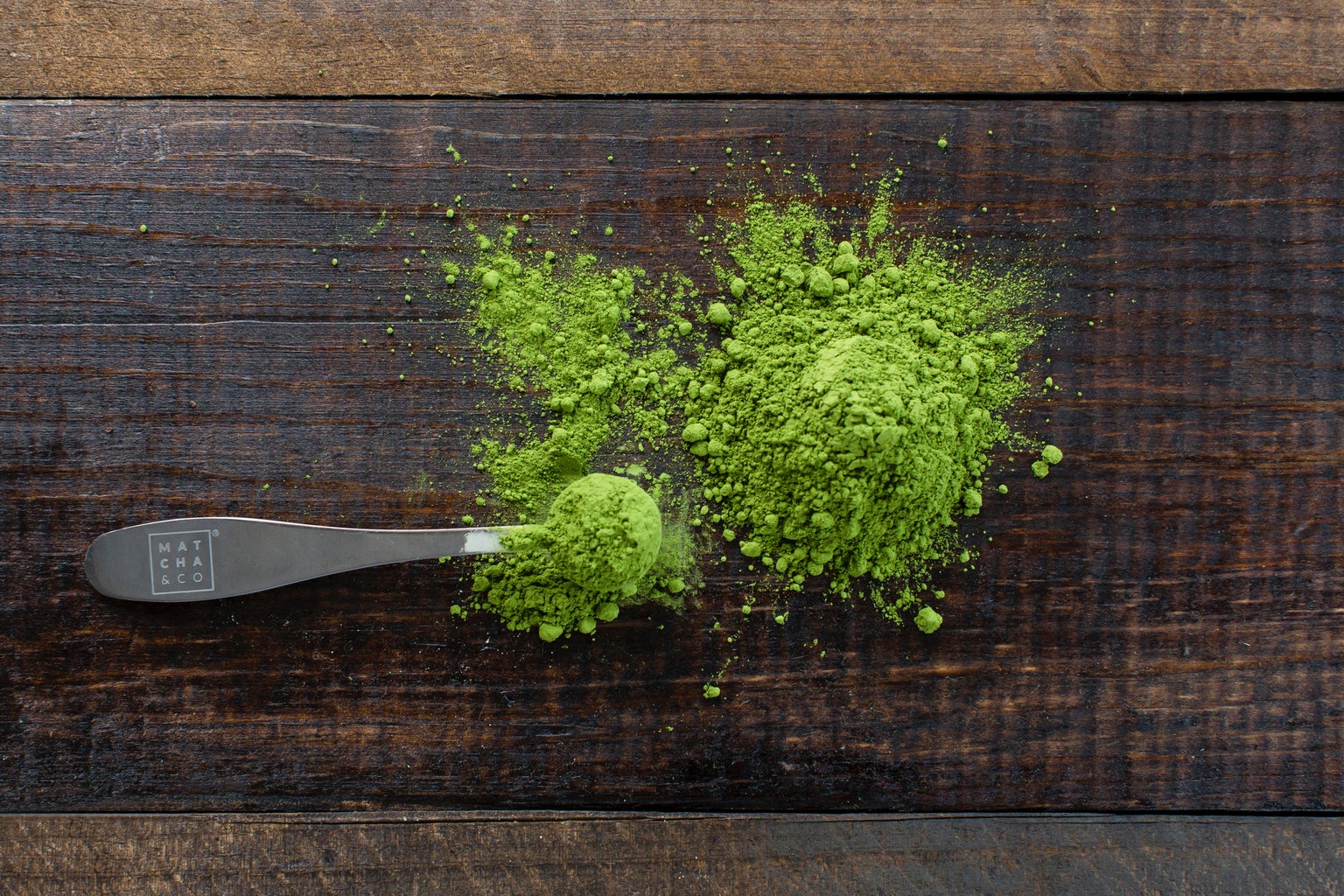
With this in mind, it is crucial to recognize the racist framework of our food system, which has survived the test of time. While there is absolutely nothing wrong with eating clean, it is important to do so by purchasing ethically-produced foods while also being mindful of its history as well as the toxic diet culture associated with the practice that has constructed—and continues to sustain—a discourse of insanitation toward the East Asian community with particular attention on the Chinese population. Just some food for thought (sorry, last pun I promise!). Surely, it’ll take quite some time to turn to a new page and promote food inclusivity, but in the meantime, all we can do is educate ourselves and…. support your local Asian-owned business! What are you waiting for?
Information obtained from:
https://www.healthline.com/nutrition/clean-eating-tips
https://www.blogto.com/eat_drink/2021/01/toronto-chinese-restaurants-lunar-new-year-fighting-stigma/
https://www.tandfonline.com/doi/full/10.1080/20549547.2020.1712577
https://www.cnn.com/2020/01/18/asia/chinese-restaurant-syndrome-msg-intl-hnk-scli/index.html
https://pubmed.ncbi.nlm.nih.gov/5764480/
https://www.cnn.com/2020/01/18/asia/chinese-restaurant-syndrome-msg-intl-hnk-scli/index.html
https://globalnews.ca/news/7301741/asian-parents-anti-asian-racism-schools/
https://www.businessinsider.com/hidden-racism-in-your-supermarkets-ethnic-food-aisle-2020-10
